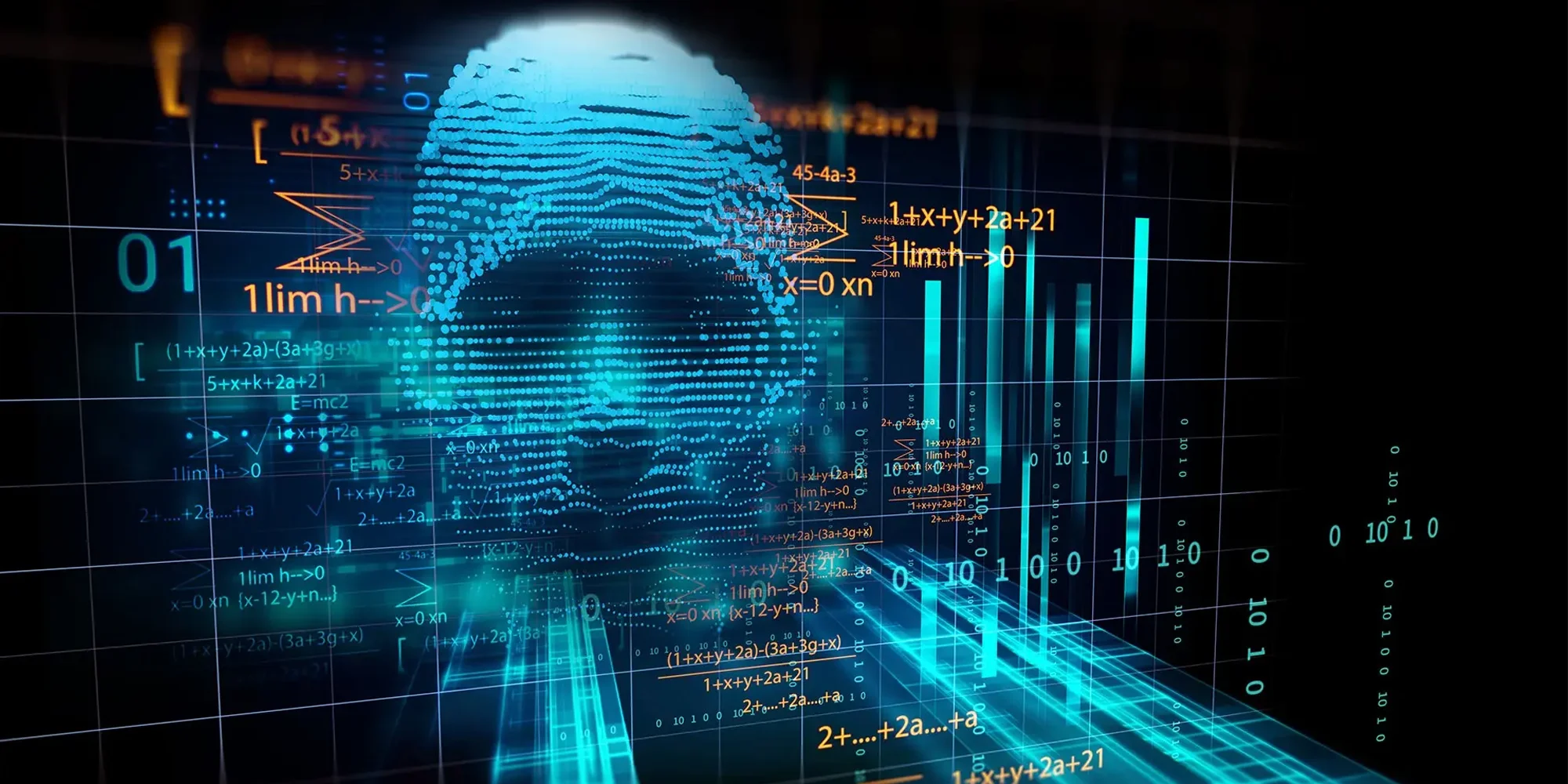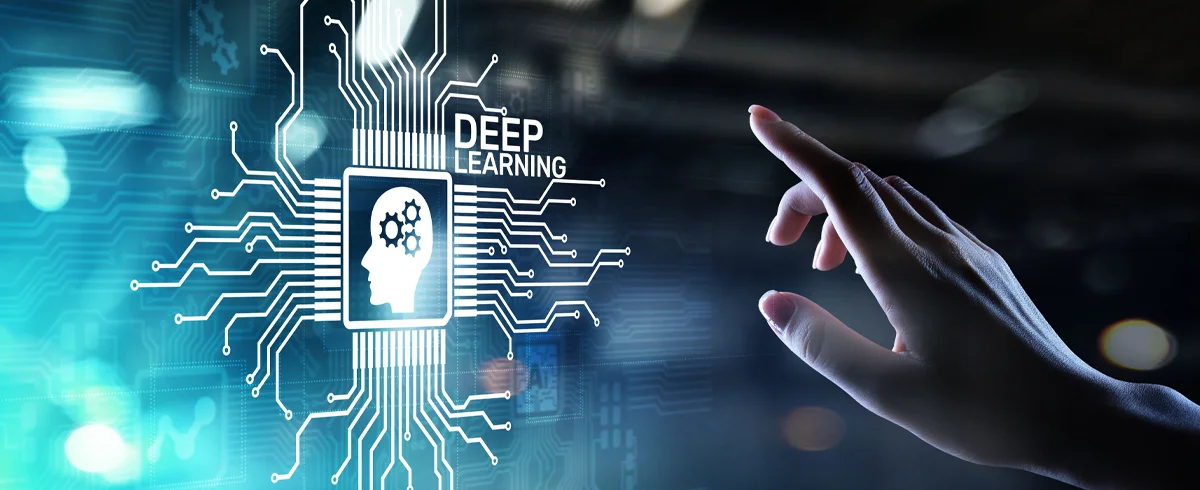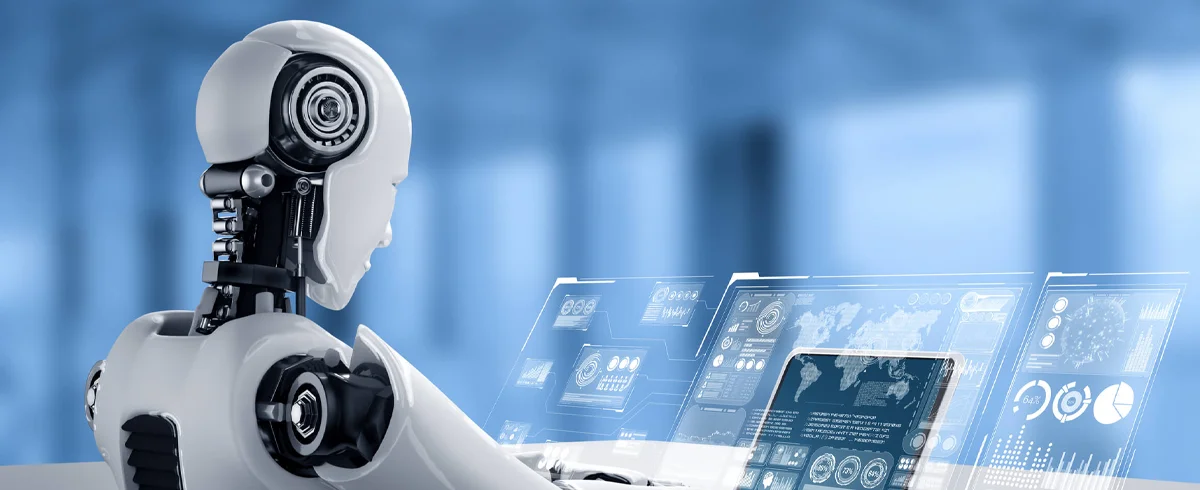Necessary Always Active
Necessary cookies are required to enable the basic features of this site, such as providing secure log-in or adjusting your consent preferences. These cookies do not store any personally identifiable data.
|
||||||
|
||||||
|
||||||
|

Deep learning is one of the most important parts of AI and has significantly contributed to the field. However, it requires huge amounts of data to extract useful inputs. Today, there is a strong focus from the researcher to reduce its data-dependency as it has become one of the leading AI techniques. It has useful applications in fields such as computer vision, natural language processing, and other sensitive applications. This makes it more important for researchers to move beyond the limitations of deep learning. This requirement has led to the development of self-supervised learning in AI or supervised deep learning.
self-supervised learning is a new type of learning that has the potential to become one of the most crucial parts in boosting the AI system towards data-efficient. It is really hard to predict the success of a particular technique that might revolutionize AI but there is hope from this technology. In order to understand self-supervised learning in AI, we need to first understand a little about deep learning.
The limitation of deep learning is basically a limitation of the supervised learning applications. However, deep learning is not just supervised learning and it can be applied to different paradigms including supervised learning, semi-supervised learning or unsupervised, and reinforcement learning. However, most of the algorithms for AI applications are based on supervised learning models such as facial and speech recognition systems, image classifiers, and many other applications. Other learning algorithms in deep learning have very limited supervised learning applications.
Nevertheless, only AI supervised learning has enough quality data that have the potential to capture all possible scenarios. Despite all the data, if a model is presented with an example that differs from training examples, it starts behaving in unpredictable ways. This brings us to the three major challenges of deep learning:
1. We need to develop an AI system that can learn from a small amount of data.
2. We need to create a deep learning system that is capable of reasoning.
3. We need to create systems that can learn complex action sequences and can divide tasks into subtasks.
Self-supervised learning will help in developing a system in deep learning that is capable of learning to fill the blanks. Some of the close examples of self-supervised learning systems are transformers that are successful in natural language processing. They train on corpora of unstructured text and are good at engaging in conversation, generating text, and answering questions. Recently a researcher found that the evolution of transformers might be able to allow researchers to move beyond tasks such as statistical approximation and pattern recognition.

Self-supervised learning in AI could become the future of deep learning because it allows the system to learn about the world through observation. Help them reach the next level to develop a kind of common sense. The most important benefit of self-supervised learning is gain from the outputted information. This output will improve the whole image by learning a lot more information about the world with lesser data.
Transformers have succeeded in dealing with discrete data such as words and mathematical symbols but have failed to transfer to the domain of visual data. This becomes difficult to represent prediction and uncertainty in images as well as videos. For example, for every video segment, there is an infinite number of future possibilities. Hence, it becomes difficult for a system to predict a single outcome for a video’s next frame. This is the problem researchers are currently dealing with in order to apply self-supervised learning or supervised deep learning to a wide variety of modalities.
There is a world of possibilities; however, if researchers can discover the working of uncertainty problems they will be able to unlock a key component of AI. Afterward, the next revolution of AI in the future will neither be supervised nor purely reinforced.
Supervised learning is the process of making an algorithm based on training data for machine learning. For example, supervised learning problems are predicting house prices. To achieve this, the first data about the houses is required, for instance, square footage. Then we need to know the prices. Now, we can collect and leverage data from thousands of houses to train a supervised ML model and predict the price of a new house.
Supervised learning primarily has two types of algorithms for machine learning called classification and regression.
Self-supervised learning is a deep learning system that is able to fill in the gaps by leveraging data to predict and generate accurate labels. It is still supervised learning that does not need datasets to be manually labeled.

Self-supervised learning is autonomous supervised learning that does not require data to be labeled. On the other hand, semi-supervised learning combines a small amount of labeled data with a large amount of unlabeled data.
Deep learning is a vital part of the world of Artificial Intelligence. Today, researchers today are trying to reduce the data dependency of machines. Hence, they have to move beyond the limitations of deep learning.
This is where AI-supervised learning comes in as only it has enough quality data and potential to capture all possible scenarios.
Self-supervised learning is capable of helping us develop a system in deep learning that is capable of learning to fill the blanks. According to researchers, the evolution of transformers will allow us to move beyond repetitive tasks such as statistical approximation and pattern recognition.
But most importantly, the benefit of self-supervised learning will be to gain output information which will improve the whole image by learning a lot more information with lesser data.
Henceforth, the next revolution of AI in the future will neither be supervised nor purely reinforced.
Sign up to receive our newsletter featuring the latest tech trends, in-depth articles, and exclusive insights. Stay ahead of the curve!